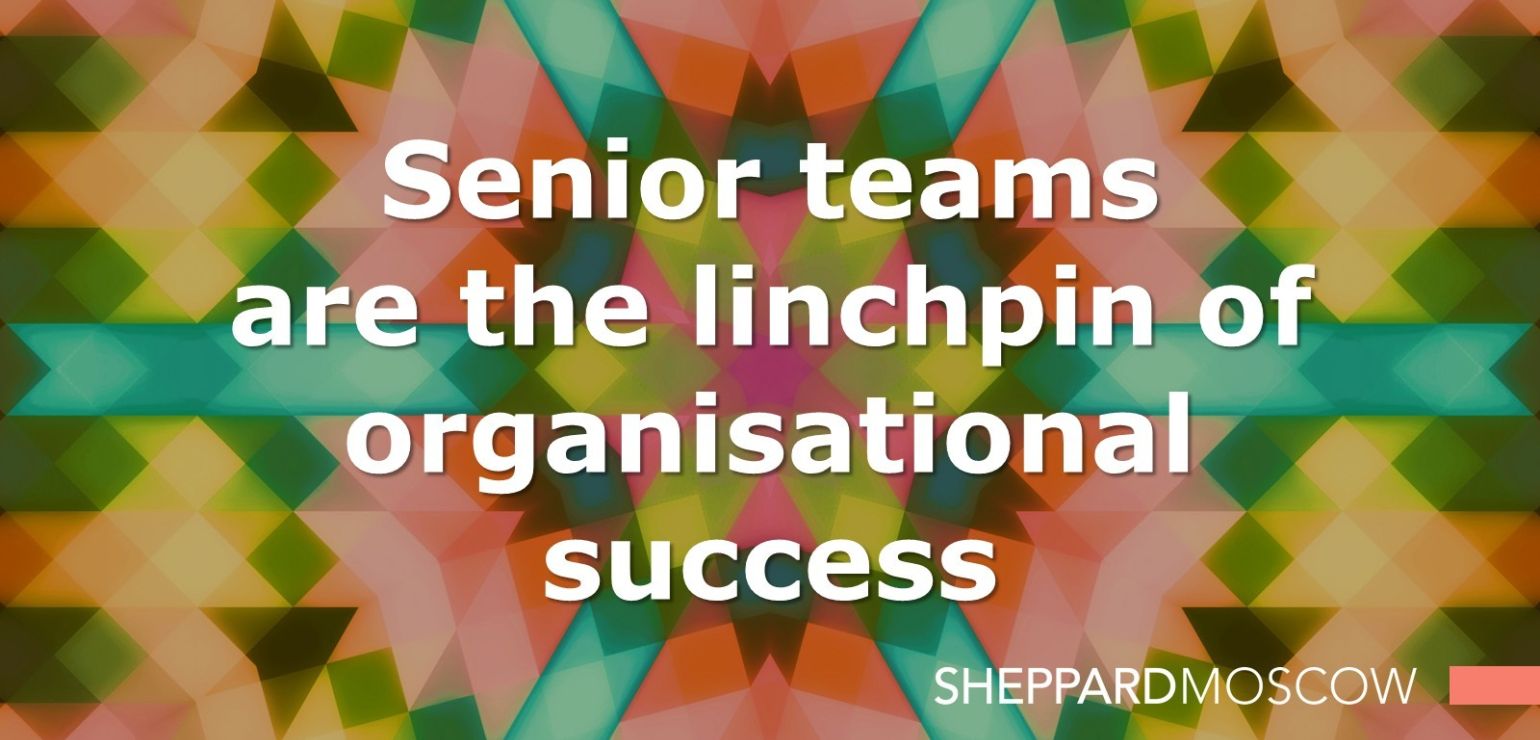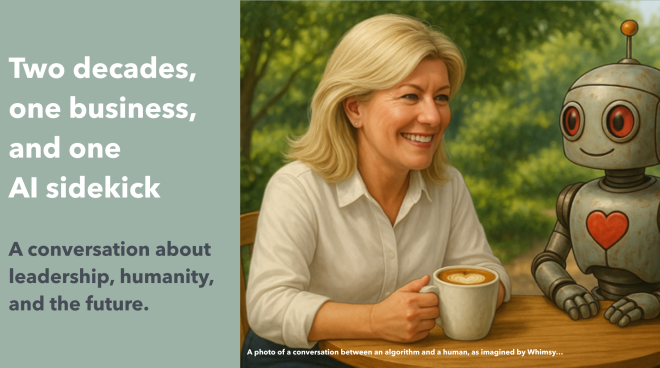The role of L&D in AI enabled organisations

The importance of structured learning and development (L&D) for organisations at this juncture in our technological evolution cannot be overstated. How can we ensure that critical skills aren’t lost in the hand-over of labour to technology? What are the new skills and capabilities needed to navigate this rapidly changing landscape? And how can organisations think long-term to make the most of AI?
The Learning & Development Institute’s 2024 conference in December offered an invigorating high note to end the year on, expounding on our thinking around the opportunities and challenges presented by AI. The conference featured a range of speakers including Danny McCoy, CEO of the Irish Business and Employers Confederation (IBEC), and keynote Matt Beane, author of "The Skill Code" and an Assistant Professor in the Technology Management Department at the University of California, Santa Barbara – both of whose provocations and predictions we explore in depth here. Shifting our lens from leaders in AI enabled organisations to specifically the role of L&D offered a new perspective on what needs to happen today to ensure capability in the environment of tomorrow.
We’re already seeing the rate of change accelerating, and this is only going to increase with change potentially occurring ten then one hundred times faster than we’re used to. Organisations are already moving rapidly to keep up with the market, so it is the role of L&D practitioners to help organisations structure and make time for the very learning that will enable them to not just keep up, but make real headway.
Expanding our time horizons
When ChatGPT came on the scene, people thought things were going to change forever, right then. The revolutionary changes, however, are happening in much quieter ways and have yet to dramatically impact people’s day-to-day at scale. We know AI is already here – from construction to medicine to law – but what we don’t know are the long-term impacts. There is a risk that we may be short sighted in our organisations, going for the quick gain and prioritising profit without thinking ahead to the knock-on consequences. Part of the role of L&D is to encourage leaders to think strategically about technology, consider potential consequences of employing particular AI and what needs to happen alongside adoption to ensure longevity.
From hands, to heads, to hearts
The nature of work has always been evolving. In his opening address, McCoy spoke in part about the transition away from most people working with their hands to largely working with their heads, and now he suggests a third era is approaching – hearts in the workplace. What we care about, how we embody our values and care for the living things affected by our work, are increasingly relevant to the world of business. The rise of the heart alongside AI is an invigorating prospect, and L&D will have an important role to play in developing the necessary EQi capabilities in leaders.
Open leadership in the name of curiosity
Going forward, leaders will need to be more open than they have ever been. Open to not knowing, to not having all of the answers and to relying on the brightness, skill and courage of the people around them. It will be their responsibility to create the conditions for curiosity and lead for experimentation to take place at pace. It will likely be easier for newer organisations to adjust to the rapid changes and technological advancements, so for older organisations it will be interesting to see how they tackle legacy leadership styles. L&D leaders will be critical partners here, making the case for structured experimentation and devising systems to feed learning back into the organisation.
Shadow learners
To keep humans in the loop when working with AI we must continue to train the next generation to mitigate the risk of a growing skills gap. Matt Beane gave the example of medicine, an early adopter of AI. The problem they faced was the increased use of robots in surgery disrupted the apprenticeship learning for junior surgeons. Without the opportunity to observe senior surgeons perform surgery, identify and respond to complications, junior surgeons were unable to gain the necessary experience to ‘level up’. This demonstrates the gap that can be created in the apprenticing process for organisations. It’s important to consider this likely "cost" before diving in to achieve a quick win on short-term things such as speed of service or reduction in costs. The solution has been for junior doctors to fulfil their hours with virtual observations of past surgeries – these are the shadow learners. Other organisations will need this kind of shadow learning which demands a level of foresight, infrastructure and oversight that should start being explored now.
Bright rebels
There are some people in our organisations that instinctively take a progressive path. They are the ones devising their own shortcuts, experimenting with new technology to improve their working life – they are the bright rebels. ‘High potential’ looks a little different in the technological age. We need to seek out the cunning learners, proactively develop their capability and attitude to experimentation, and formalise the sharing of their learning.
AI might be solving some of the organisational challenges, but there are consequences to this shift in labour. In 2025 an organisation’s capability to learn, to think long term and to develop key talent will be a crucial differentiator. Maintaining a pipeline of knowledge and capability to monitor AI output and take the controls when things get unpredictable is imperative, and organisations who have planned ahead to mitigate this risk will be the ones setting the pace in the future.
Learning and development has a key role in foresight and designing the infrastructure and pathways to enable experimentation, amplify learning from all over the organisation, and identify and develop the high potential leaders of tomorrow.
Curious about the role of leadership in this tech context? Check out this blog on leading for innovation and safe use from Andrea.

 Catherine Vaughan
Catherine Vaughan 
 Aoife Keane
Aoife Keane 
 Deborah Gray
Deborah Gray 